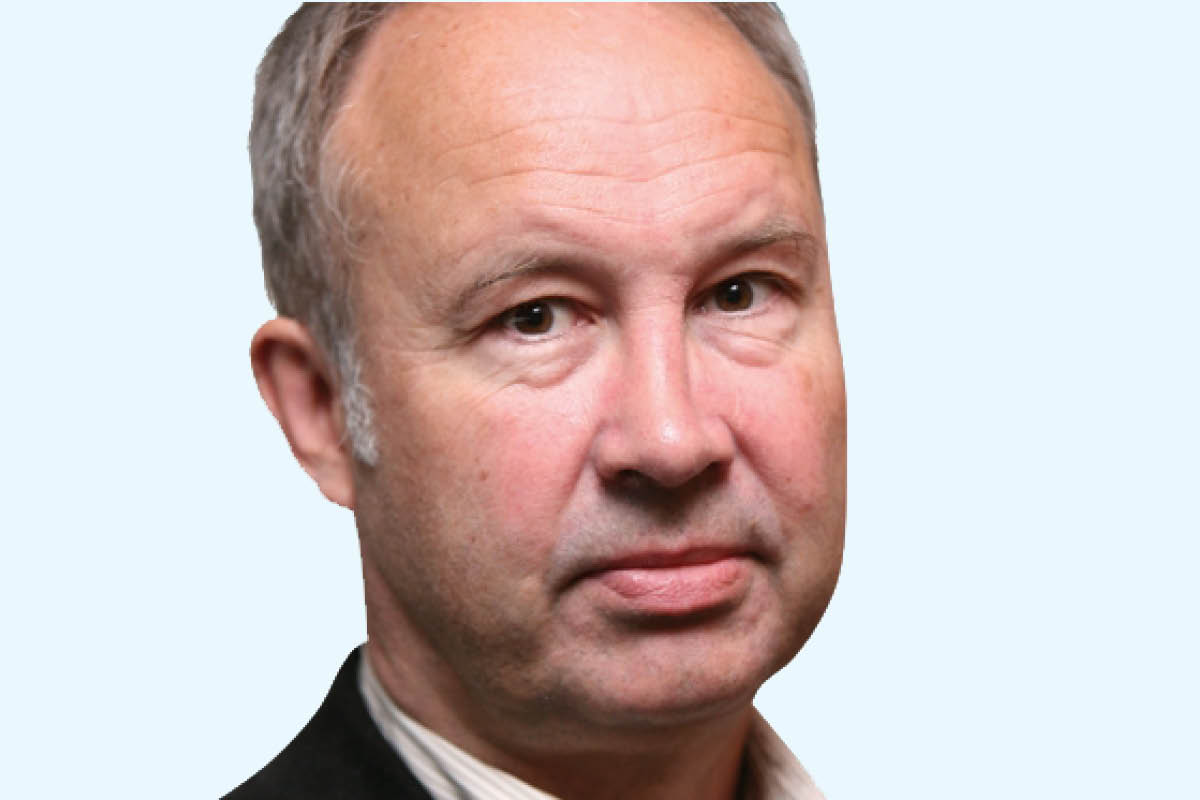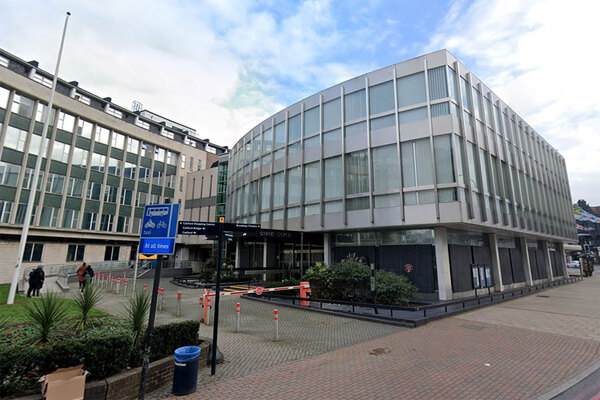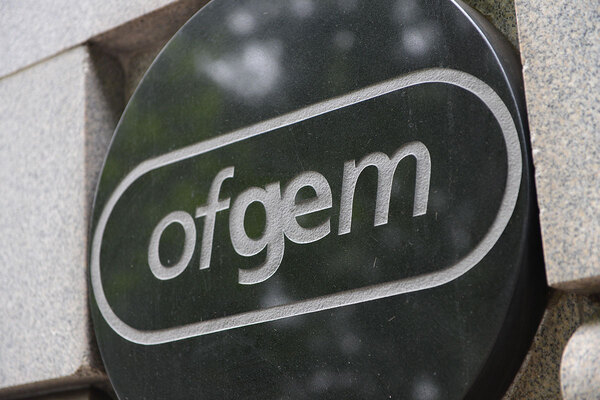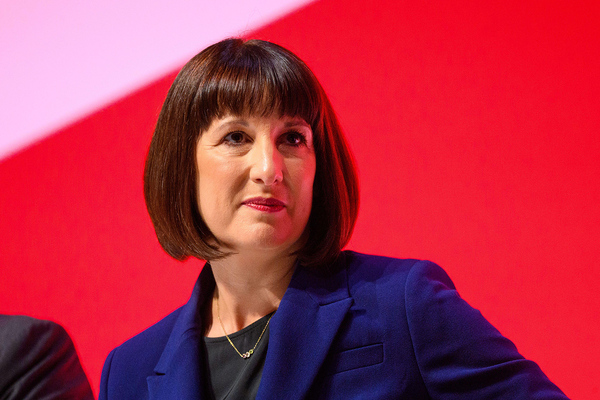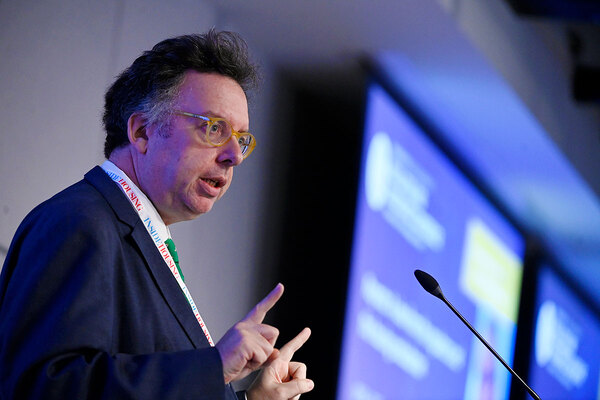You are viewing 1 of your 1 free articles
Government allocates £578m to fix dangerous cladding through Building Safety Fund
More than £578m has been allocated to high-rise blocks covered in dangerous cladding through the Building Safety Fund, latest figures from the Ministry of Housing, Communities and Local Government (MHCLG) have revealed.
The figure was published in a monthly update on the government’s Building Safety Programme and showed that private sector blocks have secured £499m to remove dangerous materials, while social housing buildings have received £78.7m.
However, as of 30 June, only £109m had actually been given to these blocks.
The Building Safety Fund was launched in May last year after chancellor Rishi Sunak announced that the government would be providing £1bn in funding to remove dangerous non-aluminium composite material (ACM) cladding from buildings taller than 18 metres.
Earlier this year, the government announced it would be increasing this by £3.5bn.
The £499m figure for private sector blocks is divided into two main categories: buildings that will receive money for remediation work and those that will receive support for pre-tender works.
A total of 163 buildings with dangerous non-ACM cladding have now received support, with £380m being allocated to them. This is divided across 127 buildings (£318.4m) which only have non-ACM cladding and 36 blocks (£62.4m) that have both ACM and non-ACM cladding.
When averaged out, it means the average amount received for a building with just non-ACM cladding is £2.5m.
Blocks with both types of cladding are seeing the ACM element funded through the £200m private ACM Cladding Remediation Fund.
In addition to this, 289 buildings are to be given £115.4m for pre-tender support applications, while four buildings with both ACM and non-ACM have received £3m.
In total, 2,820 private buildings have attempted to register for the Building safety Fund. Of these, 2,321 have been reviewed and 663 are now proceeding with an application for funding.
Of the remaining buildings, 477 have been found to be ineligible, 548 have withdrawn applications, 342 are currently being reviewed, while 245 have provided insufficient evidence and the government has requested additional details. Another 545 blocks did not provide evidence for an application to be reviewed.
This means that of the 2,321 registrations that have been reviewed, 663 are proceeding with an application for funding, meaning well over one in three proceed.
London accounts for 1,628 of all registrations, with the rest of England making up the remaining 1,192 registration attempts.
In the social housing sector, there have been 222 claims, with 109 having been reviewed so far. Of these, around 44 have been approved, with the government saying a further 36 have also technically been approved but the costs are currently being estimated. This means that 90 of the 109 claims have been successful.
The social housing sector application process is slightly different as housing associations and councils have to claim directly to MHCLG through a separate portal.
The government also published its latest figures on the allocation of its £30m Waking Watch Fund. The fund launched last year and was set up to support leaseholders facing excessive waking watch costs by providing them with money to install fire alarm systems.
Waking watches involve paying individuals to carry out 24/7 patrols in blocks where fire safety issues have been discovered.
According to the data, there had been a total of 273 applications – representing 368 buildings. Of these, 179 applications have been successful (264 buildings) and 58 applications were rejected.
This means the government has so far allocated £22.5m through the fund, leaving it with £7.5m to spend.
London had the most applications, with 111 buildings applying and £8.3m being handed to those blocks so far. However, the data does state that the Greater London Authority is still assessing data and it is not yet fully completed.


